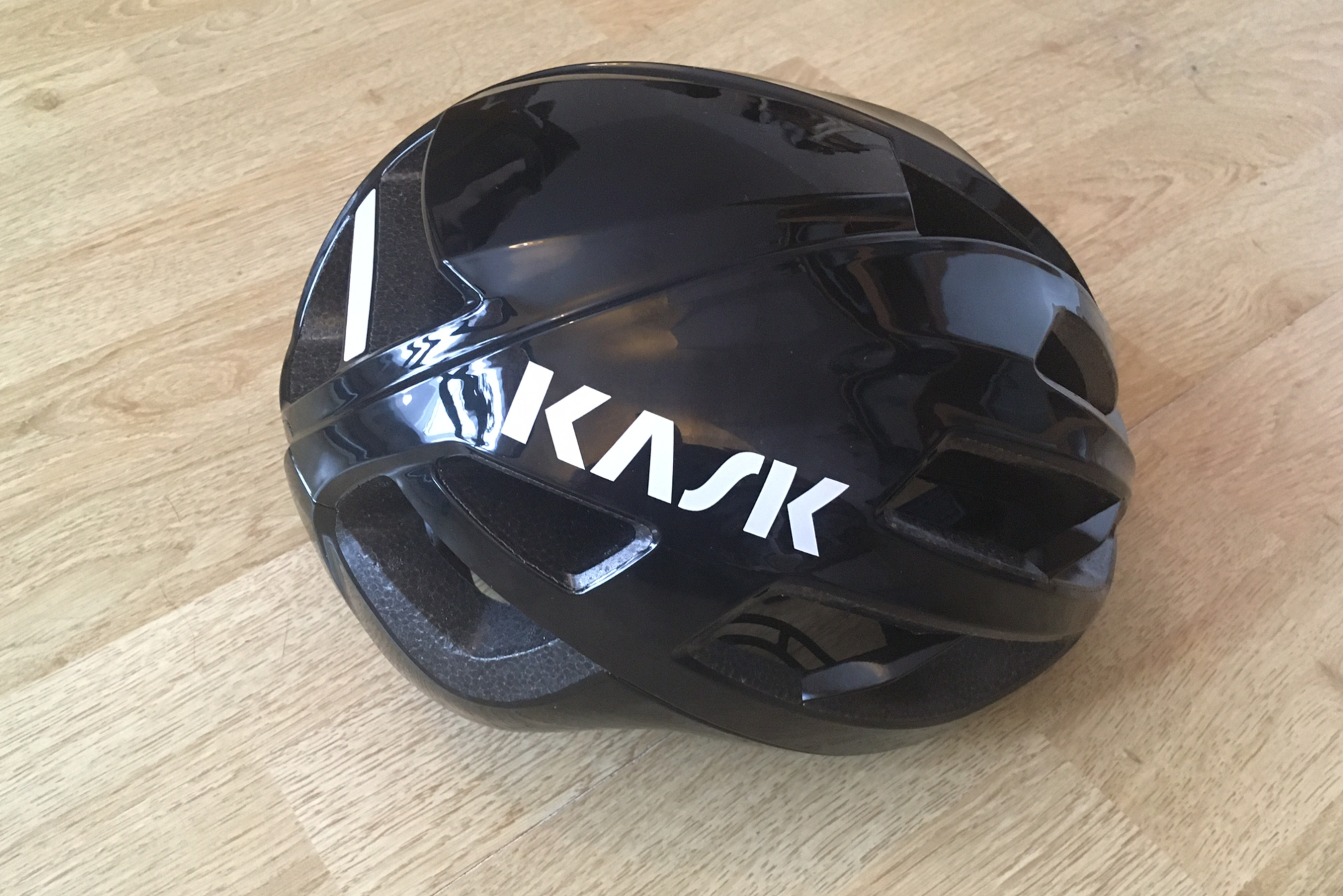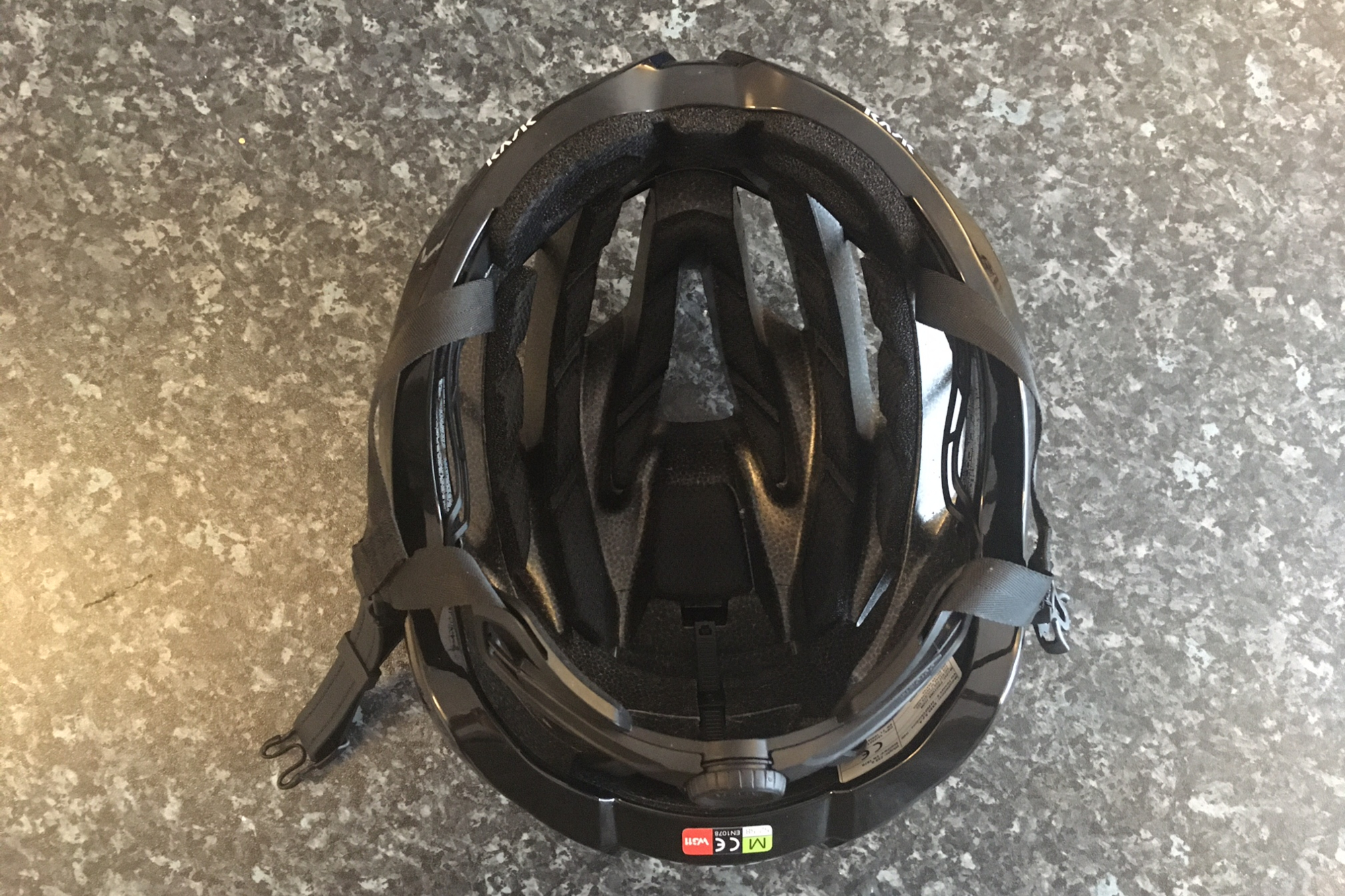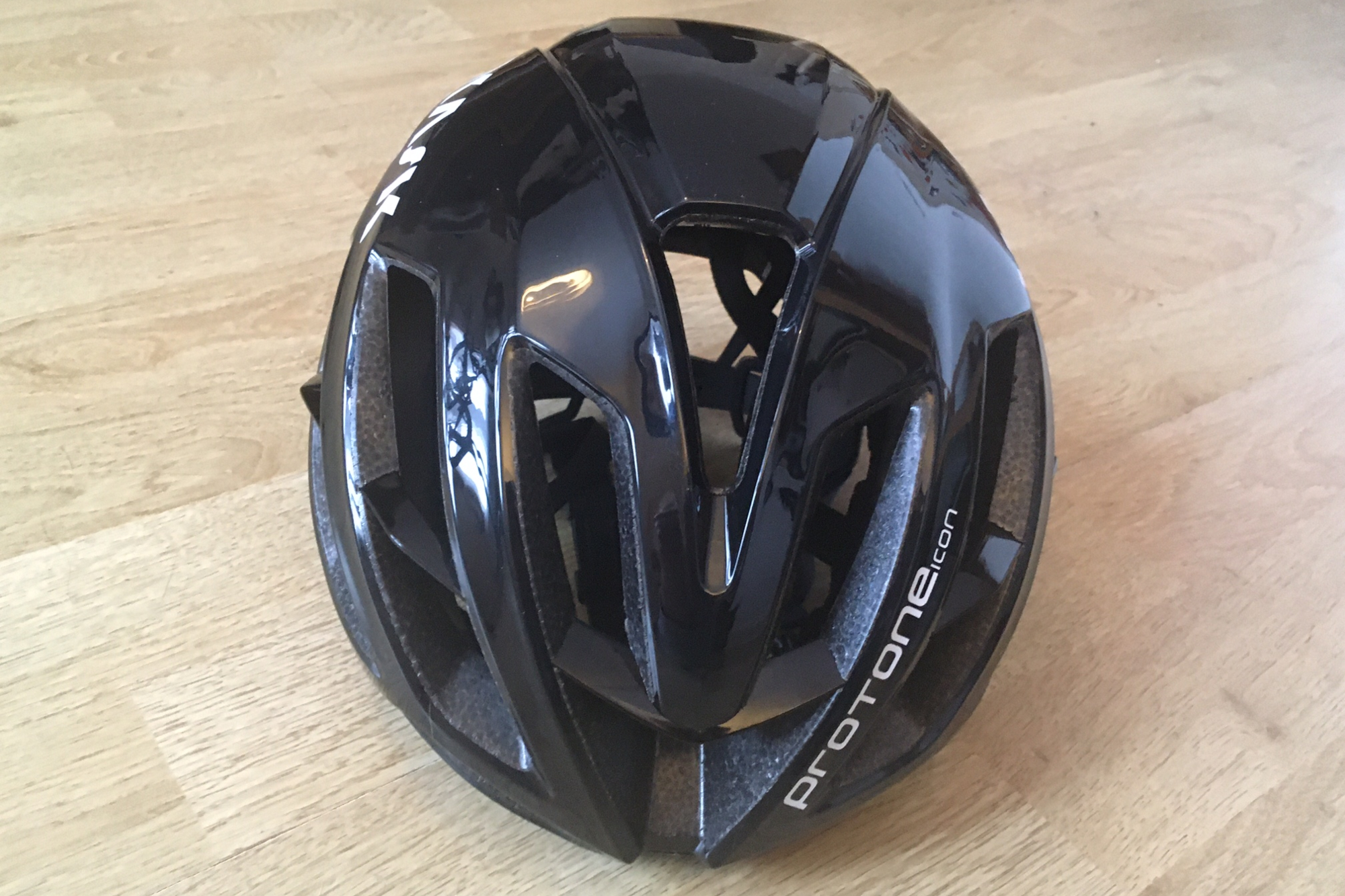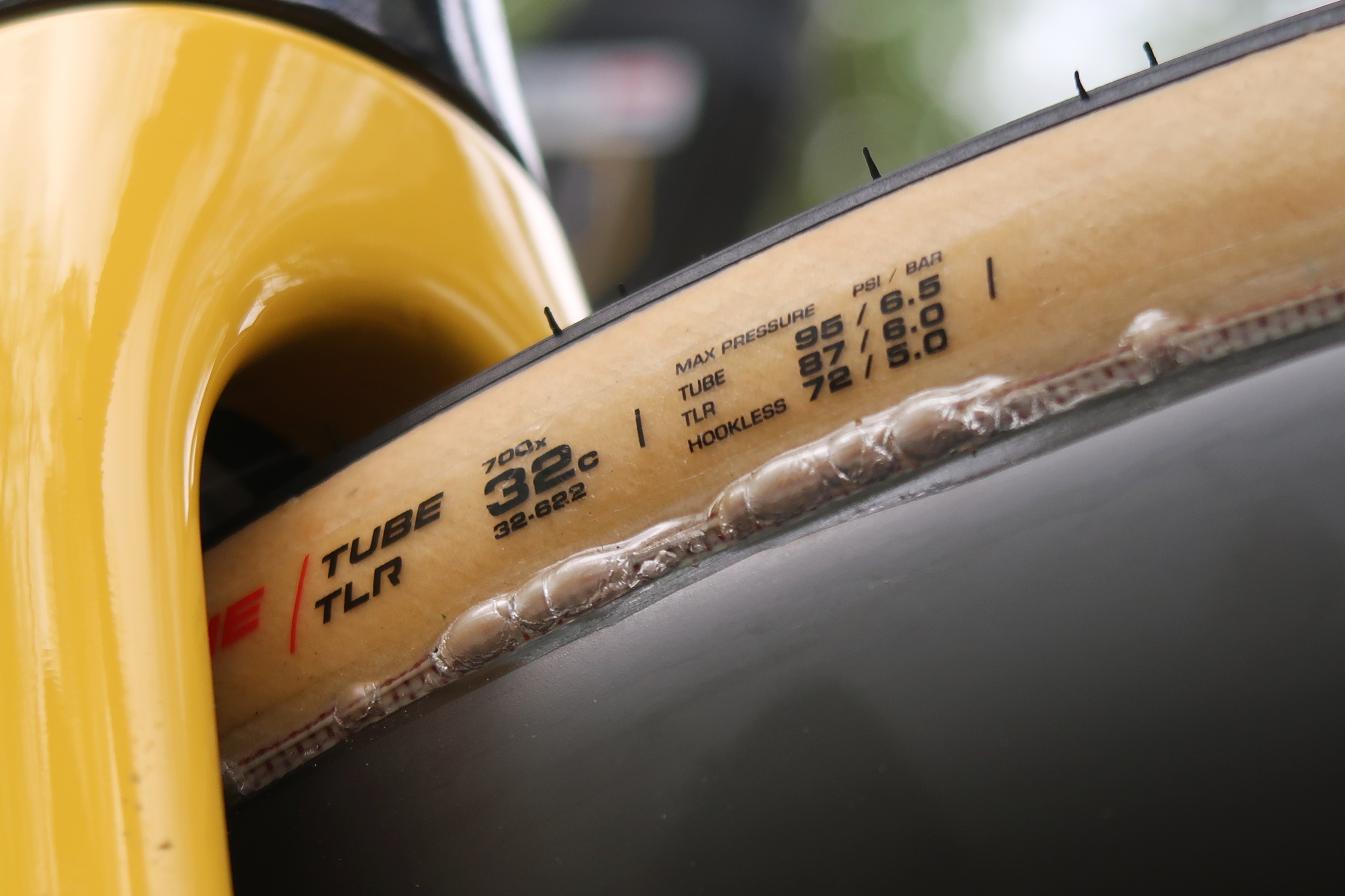Kask launches redesigned Protone helmet but is it an improvement?
The new Protone Icon features an "updated aesthetic" as well as claimed comfort and safety benefits

Kask has reimagined its Grand Tour winning helmet, the Protone, in the shape of the new Protone Icon.
The Protone Icon, Kask claims, delivers the "core features" that made the original a "true icon of the road" while at the same time "bringing in a number of new technical features and giving it an updated aesthetic for a modern look".
The new look is made possible by utilising what Kask describes as "seamless technology", which joins the upper and lower parts of the helmet shell to create "a refined and super-elegant look".
Safety is of course the primary function of all of the best road bike helmets and Kask has developed the Protone Icon in accordance with its WG11 protocol rather than using additional technology from an outside source, such as MIPS. WG11, it says, is "an objective, scientific approach to measuring the helmet’s performance against rotational impacts."

Kask says the internal frame structure has been updated from the original, with the aim of improving both ventilation and aerodynamics.
Comfort is a vital component of any decent helmet and Kask has equipped the Protone Icon with its updated OCTOFIT+ adjustment structure to help riders attain a good fit. The new retention system is designed.to improve both stability by supporting a wider area across the nape of the neck and ergonomics by way of the rubber inserts. The adjustment dial is larger and is now coated in a special rubber that Kask says improves finger grip.
The internal lining of the Protone Icon is removable and washable. The CoolMax® fabric is also designed to be comfortable and quick-drying.
It appears that the new technology hasn't come with a weight penalty. The Protone Icon has a claimed weight of 230 grams for a size medium, which is the same as the original helmet.
The Kask Protone Icon is available in small, medium and large sizes and comes in ten different colours. The RRP is £245 / US$299.99 / 275 Euros.
Kask Protone Icon: First Ride review
Out of the box the Protone Icon looks very much like the first generation Protone. Updating successful products can be a risky business and it seems that Kask has preferred to stay pretty faithful to the original. If you're a fan of that design then you'll probably like what you see in this updated model.
The helmet feels incredibly light both in the hand and on the head. On my kitchen scales it measures 231 grams for a medium, which certainly places it among the lighter road helmets out there; the Giro Eclipse Spherical for example is similarly priced and weighs a claimed 275 grams for the same size.

The Icon is immediately comfortable. The internal padding is extensive, well-placed and pretty luxurious by bike helmet standards. There are no obvious pressure points, which combined with the helmet's low weight means that I soon forgot that I was wearing it.

The new adjustment dial is easy to use, although without an original Protone at hand, I can't attest to the re-design offering a significant improvement. In general the OCTOFIT+ system is a winner. It allows for incremental adjustment not just via the dial but also to the depth of the bracket so you can position it accurately to fit your skull's cradle.
The straps also fit well and are easy to adjust. The leather portion of the strap that sits under the chin is a nice touch, feeling pleasant against the skin and one that will likely improve with age.
Kask's claims of improved stability seem accurate; the helmet feels really secure once adjusted and tightened but never restrictive or uncomfortable. I'm left with a reassuring feeling that's always appreciated when it comes to any safety equipment.

Helmet fit is of course subjective. I'd say that the shape of the Protone Icon is probably better suited to round heads although I had no problem getting it to fit my more oval shaped head. The internal shape does of course impact the look of the external shell and the Protone Icon is noticeably wider than my current Salice Gavia, which I chose in part for its low and narrow profile, which better fits my head shape. As with any helmet I'd suggest trying it on before you buy it.
Again, without the original with which to compare it to, I can't say if the claims of improved ventilation or aerodynamics ring true. However, on this first ride on a cool and windy evening, the new Icon let plenty of air in without my head freezing. Like the first generation model the venting points to the helmet being a good all-rounder, well-suited to four season use and positioned somewhere between an out-and-out aero helmet and one designed exclusively for hot weather riding.

So is the updated Protone an improvement on the original? Fortunately I didn't get to test the claimed improvements in safety and one ride can only hint at long-term comfort and durability. But first impressions are positive. This is clearly a well-designed helmet that draws from a tried-and-tested blueprint that's been worn by some of the best racing professionals of recent times. It's light, comfortable and well ventilated. And when it comes to road bike helmet attributes that's a pretty good trio.
For more information visit kask.com

Thank you for reading 20 articles this month* Join now for unlimited access
Enjoy your first month for just £1 / $1 / €1
*Read 5 free articles per month without a subscription

Join now for unlimited access
Try first month for just £1 / $1 / €1
Get The Leadout Newsletter
The latest race content, interviews, features, reviews and expert buying guides, direct to your inbox!
Luke Friend has worked as a writer, editor and copywriter for twenty five years. Across books, magazines and websites, he's covered a broad range of topics for a range of clients including Major League Baseball, the National Trust and the NHS. He has an MA in Professional Writing from Falmouth University and is a qualified bicycle mechanic. He has been a cycling enthusiast from an early age, partly due to watching the Tour de France on TV. He's a keen follower of bike racing to this day as well as a regular road and gravel rider.
-
 Why Paris-Roubaix 2025 is proof that road bike tyres still have a long way to go
Why Paris-Roubaix 2025 is proof that road bike tyres still have a long way to goParis-Roubaix bike tech could have wide implications for the many - here's why
By Joe Baker Published
-
 Man hands himself in to Belgian police after throwing full water bottle at Mathieu van der Poel during Paris-Roubaix
Man hands himself in to Belgian police after throwing full water bottle at Mathieu van der Poel during Paris-Roubaix30-year-old was on Templeuve-en-Pévèle cobbled sector when television pictures showed the bottle hitting him in the face
By Tom Thewlis Published